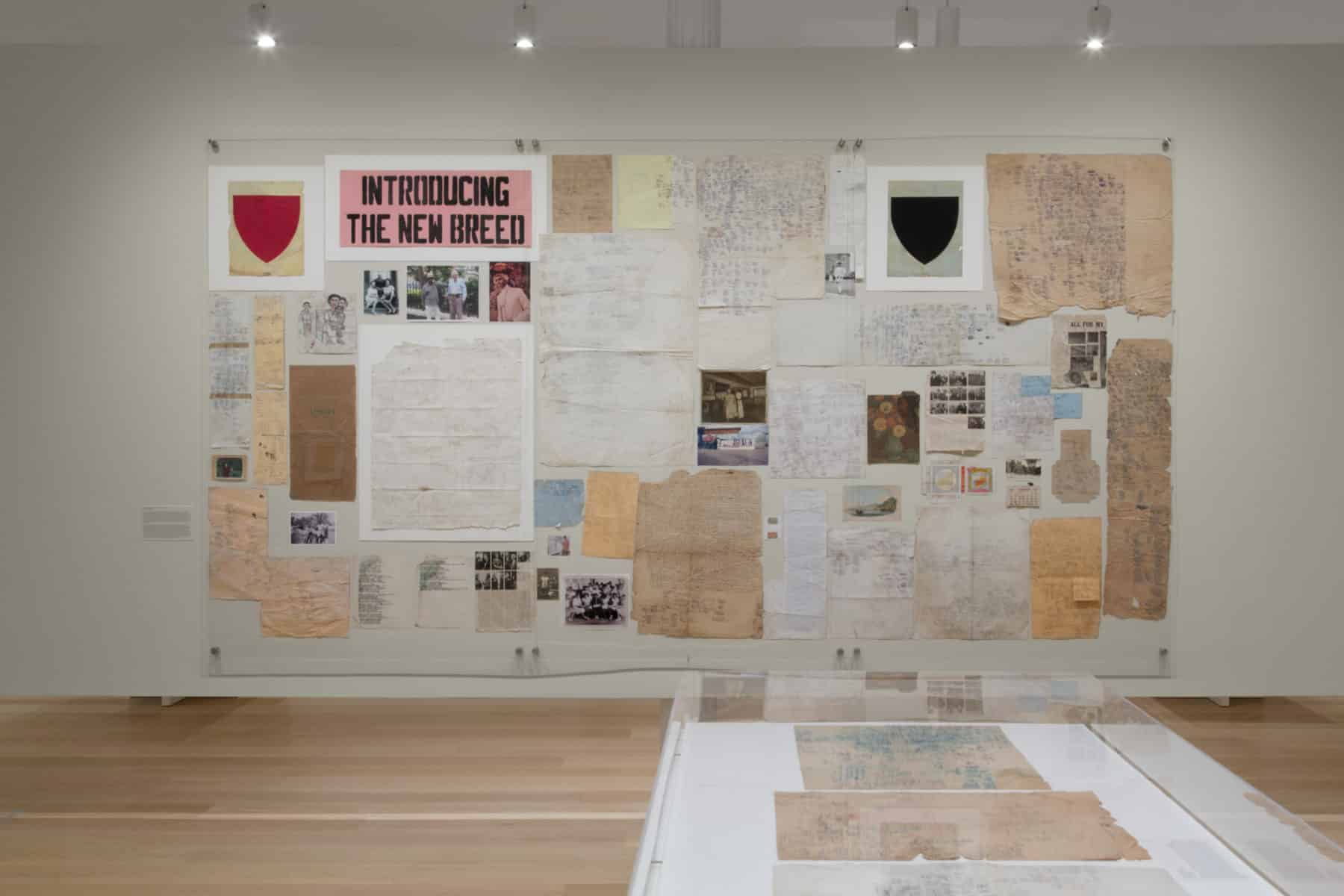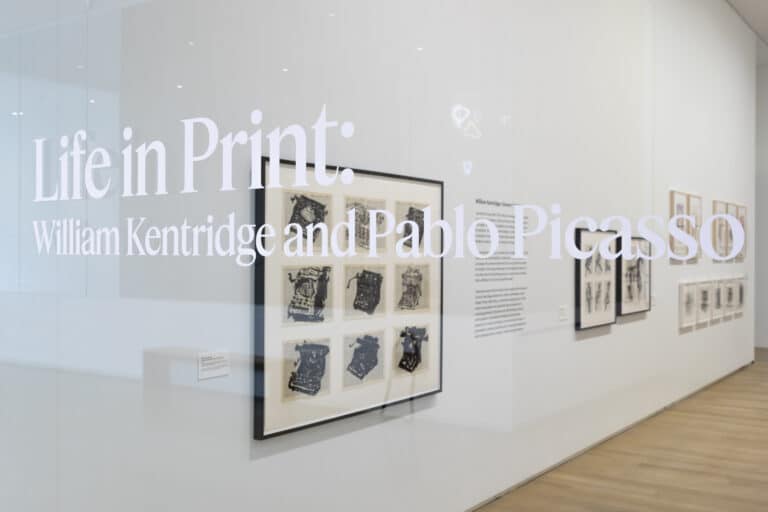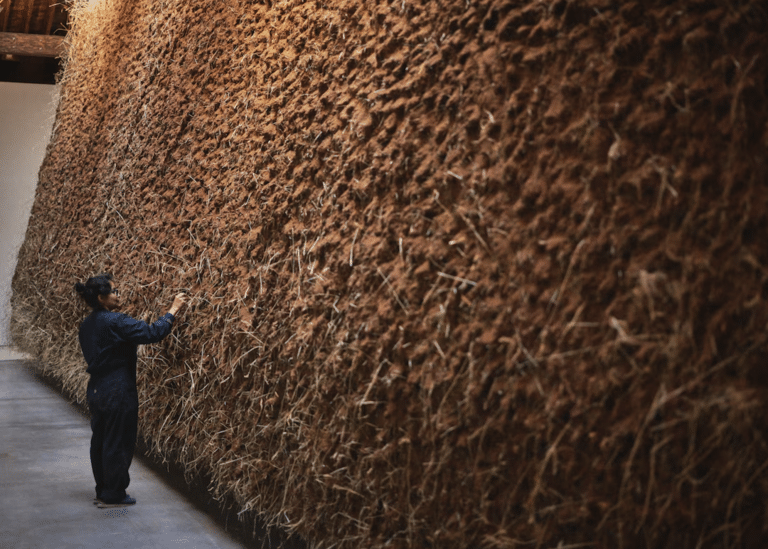Nestled in an unassuming street in SoHo is a gallery humbly paying homage to one of the most casual yet complex art forms: drawing and illustration. The Drawing Center’s latest exhibition, Frank Walter: To Capture a Soul, runs through to September 15, 2024. Chief Curator Claire Gilman guides us on a luminous journey into the kaleidoscopic mind of Antiguan artist Frank Walter (1926–2009). This retrospective is Walter’s first solo museum exhibition in the United States and is dedicated to his work: a poetic tapestry woven from the threads of his vibrant creativity and profound reflections on race, identity, and the layered histories of Antigua and Barbuda.
The extensive archive of an artist
Walter, a true Renaissance man, left behind a legacy as diverse and boundless as the Caribbean Sea. His oeuvre, encompassing over 5,000 paintings, 1,000 drawings, 600 sculptures, 2,000 photographs, 468 hours of recordings, and a 50,000-page archive, is a testament to his insatiable thirst for knowledge and his relentless desire to capture the world’s beauty and complexity.
From impressionistic landscapes that bloom with vibrant hues to expressive linear portraits that seem to gaze back at you, Walter’s works are a symphony of styles and mediums. His drawings, at the heart of the exhibition, are like whispers of his soul—intuitive and immediate, crafted with an instinctual “drawing impulse.”
Beyond medium, to the soul
I was struck by the amity of Walter’s creations, often rendered on modest materials such as cardboard, paper, and even the backs of Polaroids. These small-scale, fleeting works reflect not only the temporal and structural constraints of his environment but, more importantly, his unwavering commitment to documenting both the tangible and the intangible. While Walter was nothing but a stranger to myself, and vice versa, I could almost fondly remember him with pencil in hand, capturing the essence of his subjects’ beings with a few deft lines, as if tracing the contours of their souls.
Beyond their aesthetic allure, Walter’s works are imbued with the weight of history and the legacy of colonialism. They are not merely aesthetic creations; they are imbued with the complexities of Antiguan society and its entanglements with the wider world. In this sense, To Capture a Soul offers insight into Walter’s expansive worldview. His notebooks, filled with poems, narratives, genealogical trees, maps, and musical scores, offer a treasure trove of perspectives and postulations, ones rooted in observational knowledge and personal reflection.
Respect for the past
While in a harmonious dialogue with Walter’s legacy, I was surprised to find that The Drawing Center also presented Josh Smith: Life Drawing. Smith, a contemporary artist known for his vibrant and expressive works, pays homage to Walter, creating a bridge between the past and the present. This juxtaposition highlights the timeless relevance of Walter’s themes and the profound resonance of his art in contemporary discourse. While certain references between artists from then and now can seem cliché and one-dimensional, I found this lineage rather touching.
Frank Walter: To Capture a Soul is a lyrical meditation on an artist’s boundless spirit and enduring quest to capture the essence of life. It invites us to pause and reflect, to see the world through Walter’s eyes, and to consider the intricate ties between history and identity, a poignant reminder that transcends time and place.
Experience the exhibit for yourself at SoHo’s Drawing Room until September 15th.



